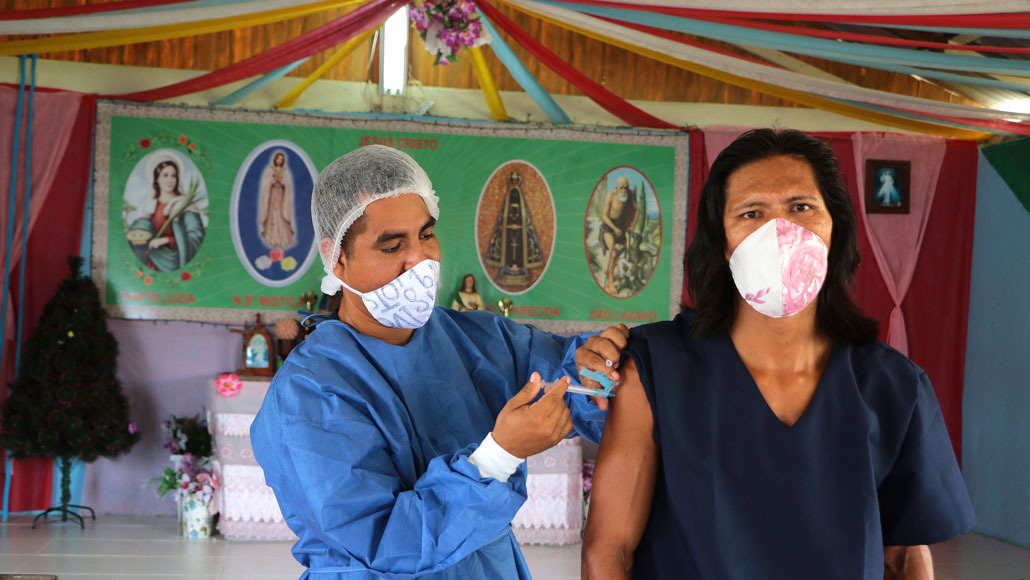You are here
COVID-19 unique new vaccines in the works, using a variety of approaches o.
Primary tabs
 Here’s what makes 4 promising COVID-19 vaccines unique | Science News More vaccines still in the works are exploring a variety of approaches, including pills and electrical zaps. Science News
Here’s what makes 4 promising COVID-19 vaccines unique | Science News More vaccines still in the works are exploring a variety of approaches, including pills and electrical zaps. Science News Barely a year after the World Health Organization declared the coronavirus outbreak a pandemic, 11 vaccines worldwide have been granted emergency use authorization or given full approval. Millions of shots are going into arms every day: As of March 19, 410 million people around the world have gotten the jabs.
As mind-boggling as that is, it still falls far short of the need.
Those 11 vaccines “will not be enough to fulfill the global need in the short term,” says Esther Krofah, executive director of FasterCures, part of the Milken Institute think tank in Washington, D.C. Of the more than 7 billion people on Earth, only about 1.2 percent of the world’s population is now fully vaccinated against the coronavirus. “We need as many vaccines over the finish line as can get through the scientific process,” she says.
Help may be on the way. Another 251 COVID-19 vaccines are at some stage of development with 60 far enough along to be tested in people, says Carly Gasca, senior associate at FasterCures.
Some vaccines are close to the finish line. For example, one made by Novavax of Gaithersburg, Md., may soon request emergency use authorization in the United States and other countries. But vaccines in the pipeline can fail at any stage. Already at least four vaccine candidates have been abandoned, including two from pharmaceutical giant Merck that failed to generate immune responses as strong as those from natural infections. That company is now helping produce Johnson & Johnson’s one-dose vaccine (SN: 2/27/21).
Among the hurdles: The already-in-use vaccines have set a high bar. For instance, mRNA vaccines from Moderna and Pfizer have proven to have about 94 to 95 percent efficacy in clinical trials and in real-world situations and may protect against infection and disease after just one shot (SN: 2/26/21). And finding people willing to participate in gold-standard clinical trials in which they might get a placebo instead of a vaccine could be tough, especially in countries where other authorized vaccines are available.
“You have to have something super über-duper special about your product to survive in this environment,” says Onyema Ogbuagu, a virologist who heads COVID-19 clinical trials at Yale School of Medicine.
That edge could come from logistics. To be effective, vaccines have to get into people’s bodies. So unlike the Pfizer and Moderna shots, vaccines that don’t have to be frozen have a better chance of being used in rural or remote areas and places that don’t have resources to buy and maintain freezers, Gasca says.
Or an edge could come from an ability to handle emerging variants of the coronavirus that may be more infectious, more deadly or both (SN: 2/5/21). “The variants emerging are changing the landscape of the kind of virus we’re fighting now versus the virus that we were fighting in the fall and in the summer,” Krofah says. New vaccines may need to combat even more variants.
Here’s a closer look at some of the novel ways vaccine makers are approaching these challenges. ....



Recent Comments